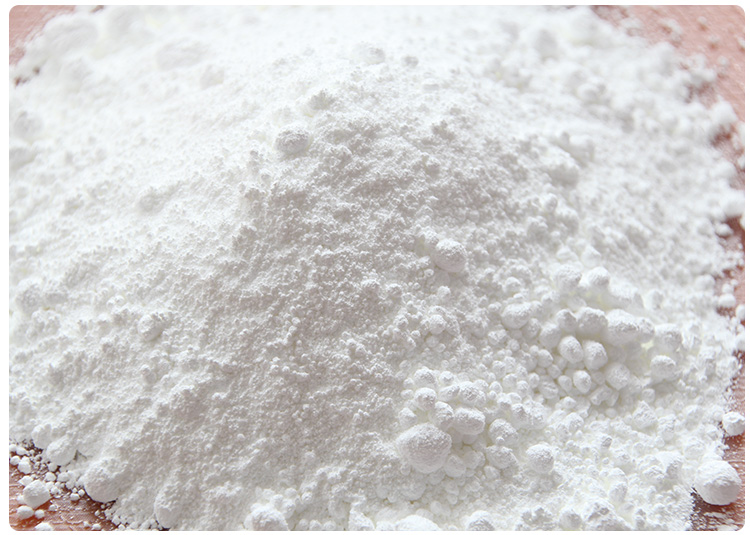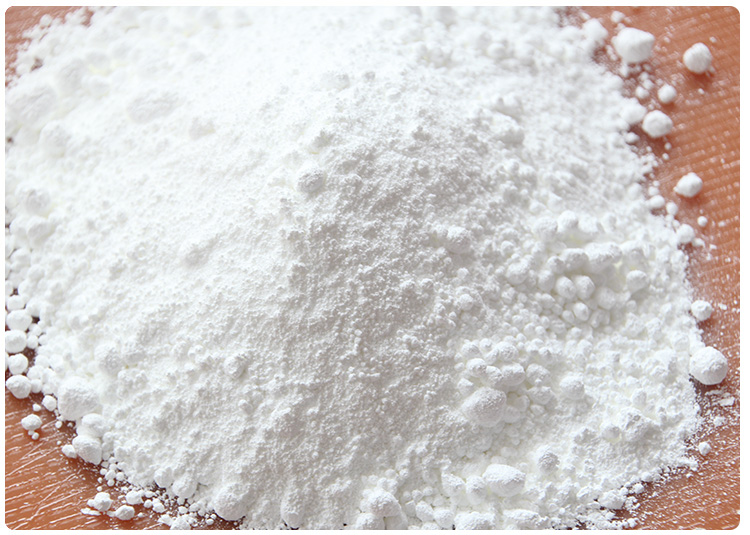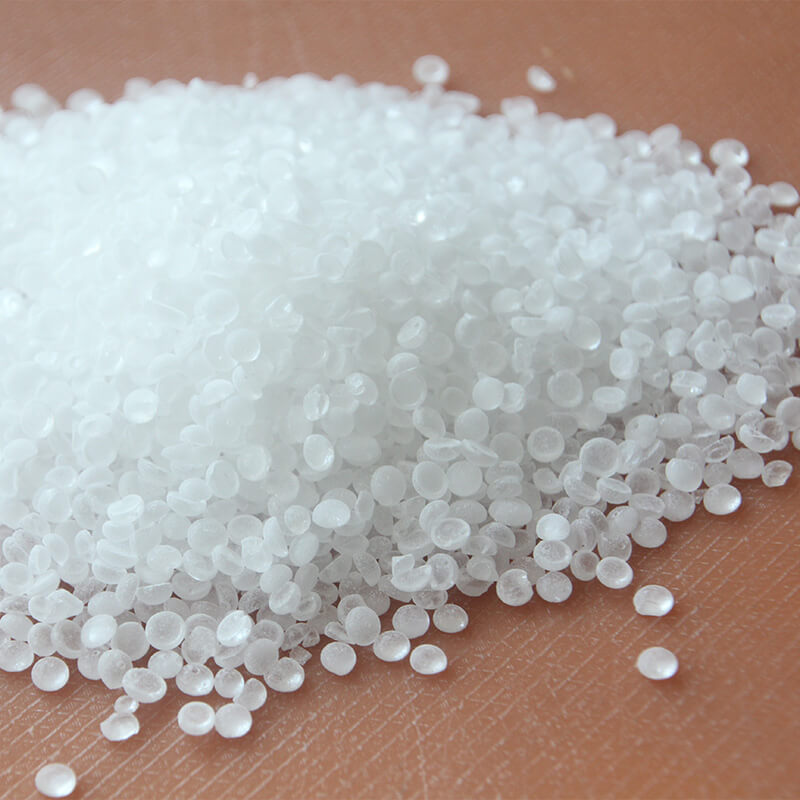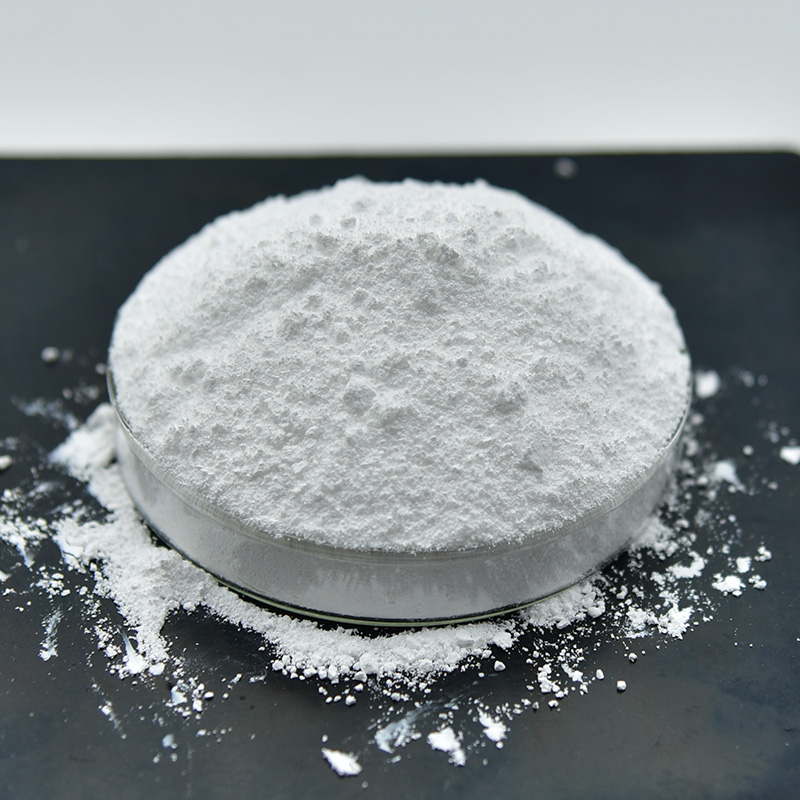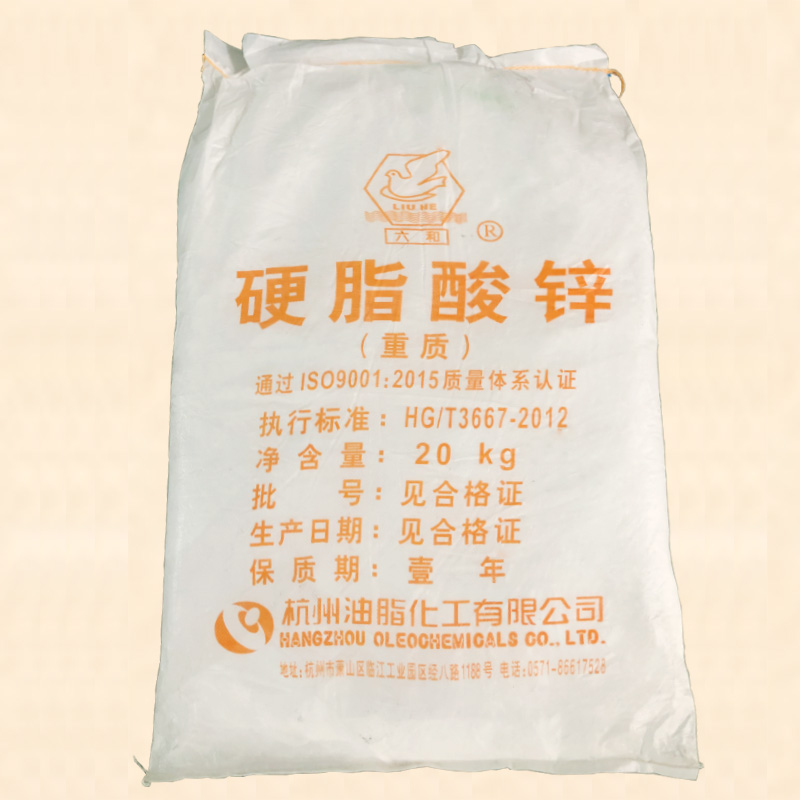Reaction of rubber accelerators MBTS and MBT in rubber
- Mingpai
- 2024-06-07 10:19:25
Rubber Accelerators MBTS (Morpholine Butylated Thiocarbamyl Sulfide) and MBT (Mercaptobenzothiazole) are both sulfur-containing compounds used in the rubber industry to facilitate vulcanization. Although they sound similar in name, they have distinct chemical structures and functionalities in rubber compounds. Here's a look at their reactions in rubber:
Rubber Accelerator MBTS (Morpholine Butylated Thiocarbamyl Sulfide)
MBTS is a misnomer in this context; the correct abbreviation should be CBS (Cyclohexylbenzothiazole Sulfide) or TBBS (N-Tertiary Butyl-2-Benzothiazole Sulfenamide), which are more commonly referred to when discussing rubber accelerators. For clarity, I'll discuss CBS/TBBS since MBTS does not directly correspond to a recognized rubber accelerator under that name.
Chemistry: CBS is a sulfenamide type accelerator, while TBBS is an alkylthio-benzothiazole sulfenamide. Both contain a sulfenamide group (-N-S-R), which is reactive during vulcanization.
Reaction Mechanism: These accelerators decompose under vulcanization conditions to release sulfur-containing radicals that participate in the cross-linking process. They act as delayed action accelerators, providing excellent scorch safety and promoting a more efficient sulfur dispersion in the rubber matrix.
Effects on Vulcanization: CBS and TBBS contribute to a more controlled vulcanization process, enhancing the cure rate without causing early vulcanization (scorch). They are particularly useful in achieving high modulus and fatigue resistance in rubber products.
Rubber Accelerator MBT (Mercaptobenzothiazole)
Chemistry: MBT is a thiuram derivative with a mercaptan group (-SH), which readily interacts with sulfur.
Reaction Mechanism: MBT directly reacts with sulfur to form active intermediates that interact with rubber polymer chains, promoting cross-linking. Its mercaptan group also reacts with rubber molecules, contributing to the sulfur curing process.
Effects on Vulcanization: MBT accelerates vulcanization and imparts a balance of physical properties to the rubber compound. It is less efficient as a scorch inhibitor compared to sulfenamides like CBS or TBBS but is effective in providing good overall physical properties.
Combined Use (CBS/TBBS + MBT):
When used in combination, CBS/TBBS and MBT can offer a synergistic effect in rubber compounding:
Optimized Cure Profile: Combining a sulfenamide accelerator (CBS/TBBS) with MBT can result in a more optimized vulcanization process. The sulfenamide provides scorch safety and efficient sulfur dispersion, while MBT ensures a well-balanced set of physical properties.
Enhanced Performance: This combination can lead to rubber products with improved tensile strength, modulus, and abrasion resistance, along with good aging properties, making it suitable for applications requiring high-performance rubber components.
Fine-Tuning: The ratio of CBS/TBBS to MBT can be adjusted to fine-tune the vulcanization characteristics, such as the cure rate and scorch resistance, to meet specific product requirements.
In summary, while MBTS does not correspond to a standard accelerator name in rubber chemistry, discussing CBS/TBBS alongside MBT highlights the different roles and synergies of these accelerators in rubber vulcanization processes. Their combined use can provide tailored vulcanization profiles and enhanced product performance.



